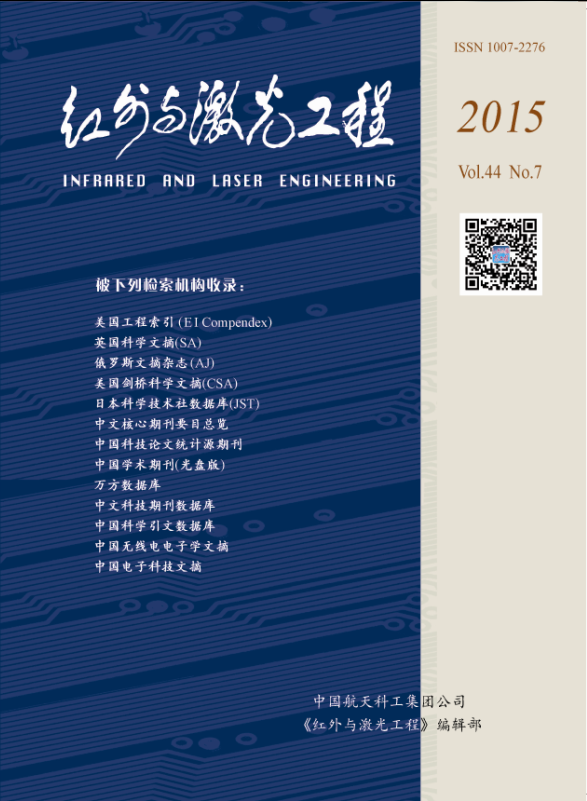红外与激光工程, 2015, 44 (11): 3469, 网络出版: 2016-01-26
基于亮温光谱的表面沾染物探测方法
Surface contaminants detection method using brightness temperature spectroscopy
表面沾染探测 亮温光谱 遥测 surface contamination detection brightness temperature spectroscopy remote sensing FTIR FTIR
摘要
针对表面沾染探测中存在的不足,提出亮温光谱法。通过高灵敏度红外遥测光谱仪非接触探测获得沾染物的辐亮度光谱,利用光源和沾染本底的高发射率特性,通过普朗克公式转换得到亮温光谱,直接获得沾染物特征信息。无需预测沾染本底,特别适合已“中毒”事故现场。首先讨论该方法的探测原理,然后分别使用亮温光谱法和背景扣除法对铝板表面的沾染物——二甲基硅油(Poly(dimethylsiloxane),PDMS)和磷酸三乙酯(Triethyl phosphate,TEP)进行探测。结果表明,亮温光谱法提取出的沾染物的特征与背景扣除法的相同,可准确识别沾染物类型,同时避免了背景扣除法对背景光谱的依赖。该方法简单可靠,测试迅速,有很大的应用潜力。
Abstract
To solve the shortcomings of surface contamination detection, a new method based on brightness temperature spectroscopy was presented. Firstly, an infrared remote sensing spectrometer with high sensitivity was employed to acquire contamination′s spectrum in non-contact way. Taking advantage of the infrared source and the background having the same highly emission characteristics as blackbody, contaminants spectral features in brightness temperature spectra directly could be extracted by applying Planck′s law. As this method does not require a previous measured background spectrum, it is very appropriate to be applied to "poisoned" accident sites. The principles of this method were discussed. Then this method and background subtraction method were employed to detect polydimethylsiloxane(PDMS), triethyl phosphate(TEP) on aluminum plate. The experiment results show that, the spectral features of contaminants extracted by brightness temperature spectroscopy are same as those acquired by background subtraction. It means that brightness temperature spectral features can be used to identify contaminants directly. Because there is no need to take background spectra before identification, this method could respond to chemical threats immediately and reliably, which make it a great application potential in surface contamination detection.
刘家祥, 方勇华, 崔方晓, 吴军. 基于亮温光谱的表面沾染物探测方法[J]. 红外与激光工程, 2015, 44(11): 3469. Liu Jiaxiang, Fang Yonghua, Cui Fangxiao, Wu Jun. Surface contaminants detection method using brightness temperature spectroscopy[J]. Infrared and Laser Engineering, 2015, 44(11): 3469.



